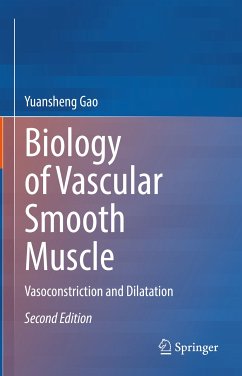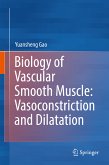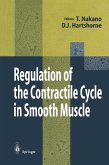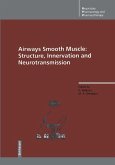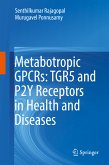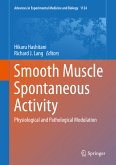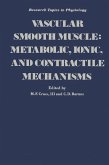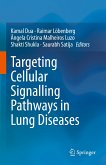This book provides a concise yet comprehensive review of the morphological, biochemical, electrical, mechanical, and metabolic properties of vascular smooth muscle, the regulation of vascular activities and the intracellular signaling involved. It particularly focuses on newly identified vasoactive agents, enzymes and transduction mechanisms. It also discusses the latest findings in the regulation of cerebral, coronary and pulmonary circulation as well as vascular activity under hypoxia and ageing. The second edition intends to update the contents of the first edition with the latest achievements in the regulation of vascular activities from biochemical, structural, genetic, physiological, and pharmacological aspects. In addition, two new chapters related to microRNA and extracellular vesicles have been added to reflect their newly discovered important roles in vascular activities.
The contraction and dilatation activities of vasculature are of fundamental importance for maintaining circulation homeostasis and adapting to physiological changes. Over the last four decades, there have been significant advances in our understanding of the biochemical, structural, genetic, physiological, and pharmacological aspects of vascular activity regulation, and these insights into the responsiveness of blood vessels under normal and pathophysiological conditions help to provide valuable weapons in the fight vascular diseases. The book is of interest to researchers and graduate students, both in basic research and in clinic settings, in the field of vascular biology.
Dieser Download kann aus rechtlichen Gründen nur mit Rechnungsadresse in A, B, BG, CY, CZ, D, DK, EW, E, FIN, F, GR, HR, H, IRL, I, LT, L, LR, M, NL, PL, P, R, S, SLO, SK ausgeliefert werden.

